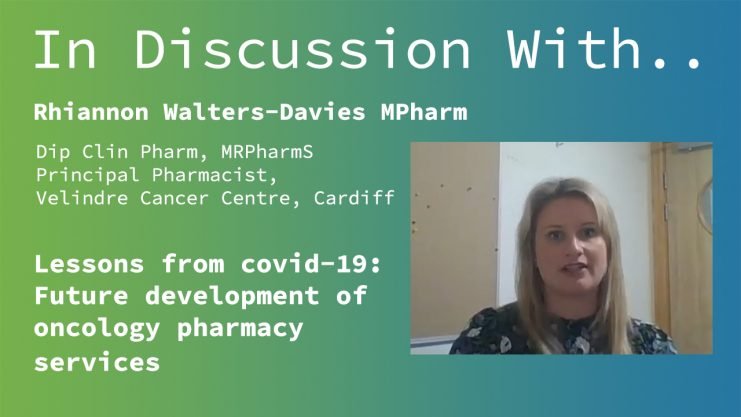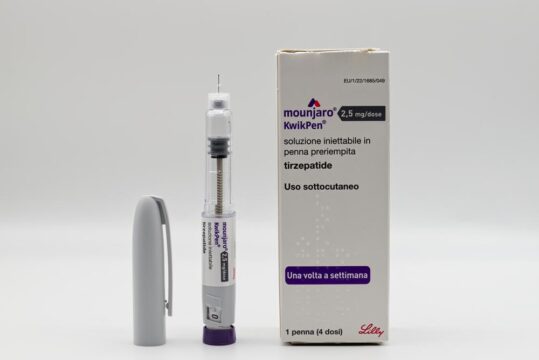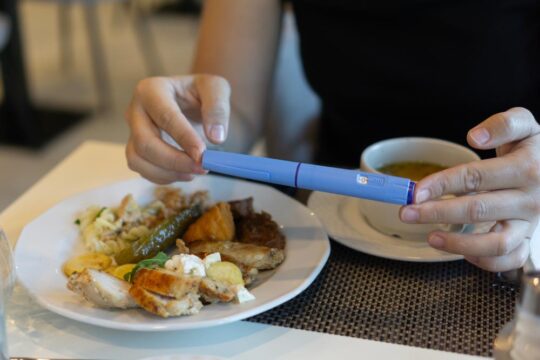Advertisment
Lessons from covid-19: Future development of oncology pharmacy services

Interview and article by Christine Clark
During the pandemic the oncology pharmacy service at Velindre Cancer Centre demonstrated its ability to react rapidly to service demands and to patients’ needs, according to Rhiannon Walters-Davies, Principal Pharmacist, Procurement and Homecare.
Pharmacies will now need to review new services and evaluate their impact on patients and on staffing in order to decide which to take forward. Ms Walters-Davies expects to keep all the new services in some form. “Oncology pharmacy services were able to make decisions and influence changes with pace, so long as we were given the autonomy to do so. We were given the flexibility and the use of innovation to make these changes….. I would like to have the autonomy to continue to make decisions about our services in this way”, she says.
However, other measures will also be needed to support further development of oncology pharmacy services. For example, the pharmaceutical industry currently provides very good patient information leaflets and [symptom] diaries but so far there is a lack of electronic material. As patients are likely to make fewer visits to the hospital in future, Ms Walters-Davies foresees a need for electronic patient education material to complement the virtual consultations that have been introduced. “I think there’s a way of us working with pharma to tailor the education to patients’ needs and linking it with the information that we need to give about services from the cancer centre”, she says. Turning to the role of community pharmacy, Ms Walters-Davies says, “I’d like to see more integration between oncology services and community pharmacy”. During the pandemic, community pharmacists stood out as being the healthcare professionals that patients’ could see face-to-face on an ad hoc basis. “We, as an oncology service need to link more closely with them to be able to maximise on those touch points that they have with patients to make sure that patients are signposted correctly so that there is earlier diagnosis and prevention. We know that cancer referrals went down during the pandemic because fewer patients were going to see GPs and being picked up that way so we need to see if we can use community pharmacy as a way of bridging that gap. We need to work more closely with them to enable that to happen”, she explains.





